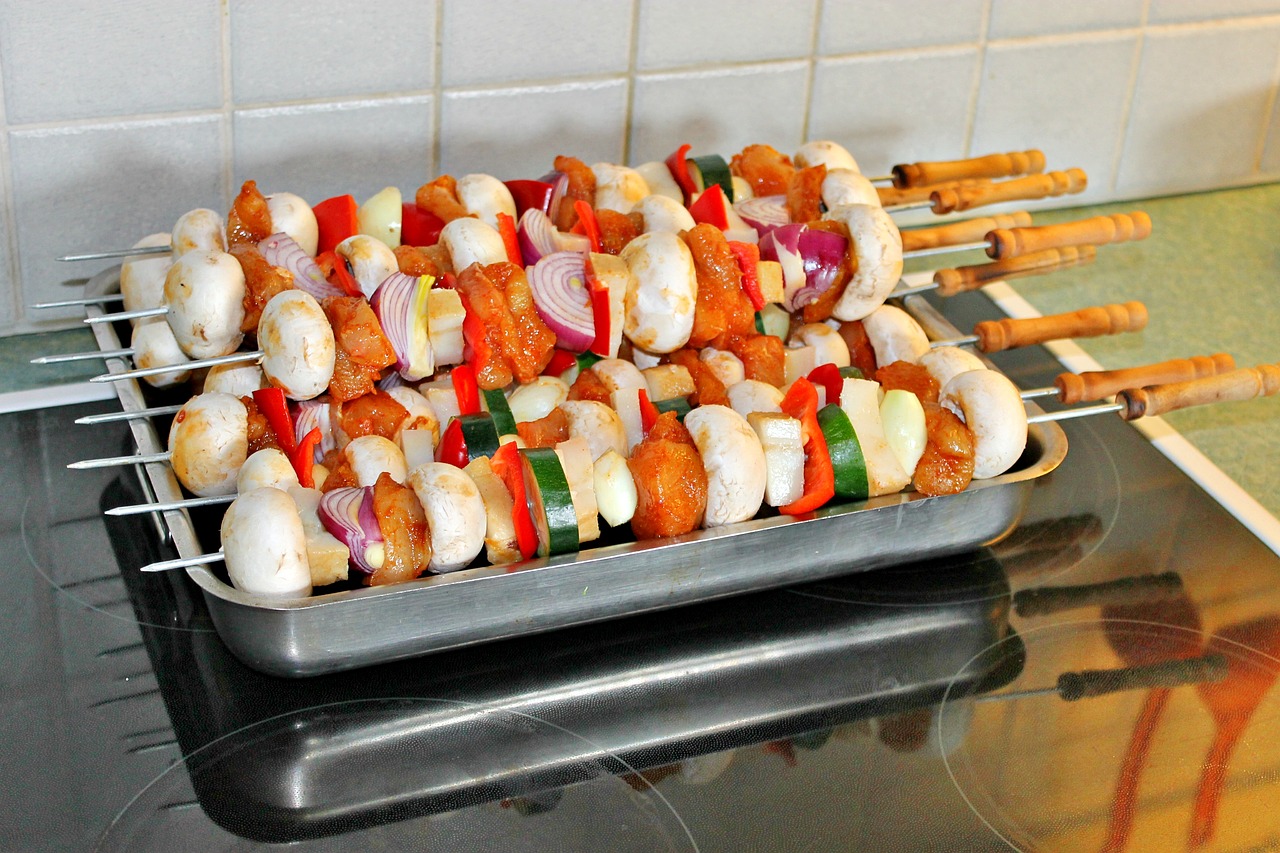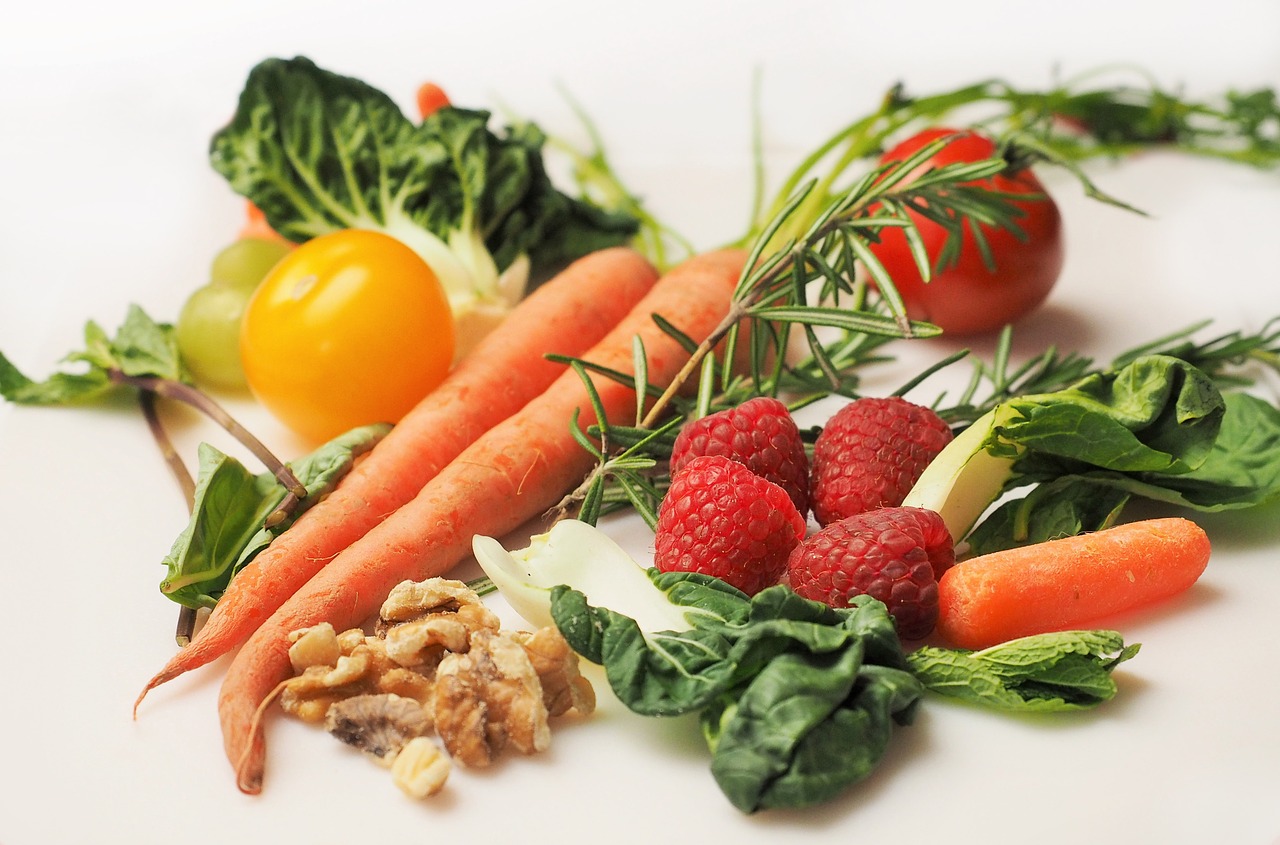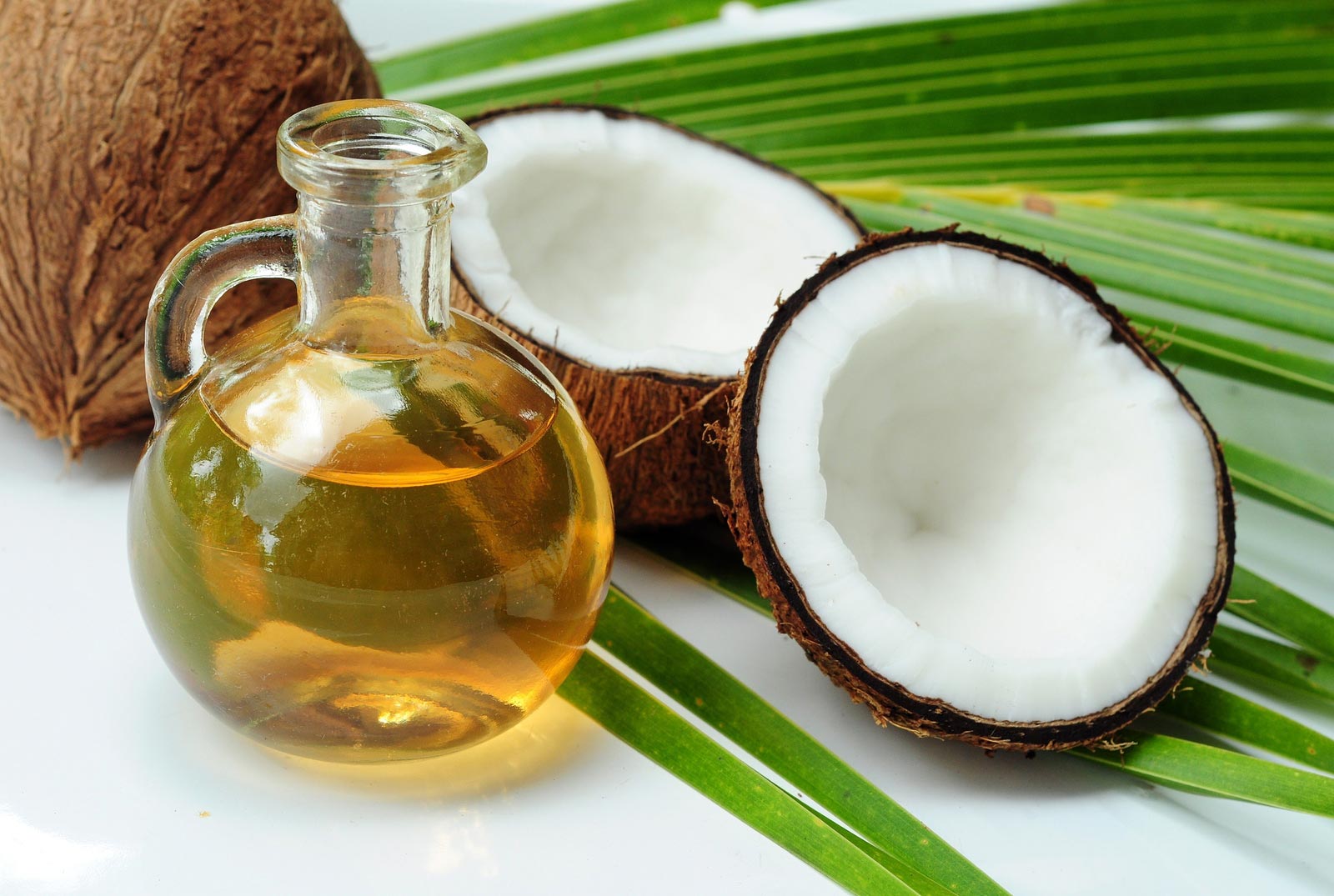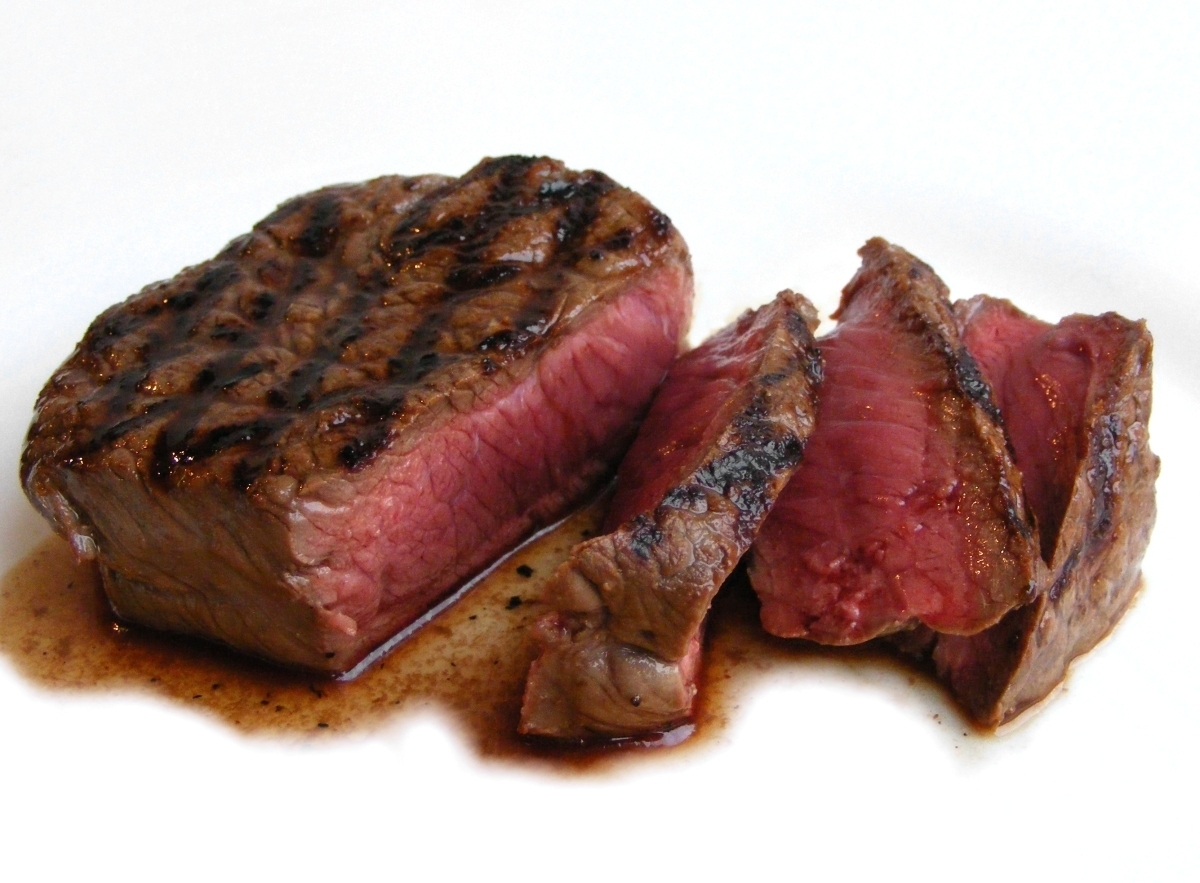There are many ways to lose a lot of weight in a short amount of time.
However, most of them require you to be hungry and unsatisfied.
If you don’t have iron willpower, then hunger will cause you to give up on these plans quickly.
The 3-step plan outlined here will:
- Kill your appetite.
- Make you lose weight fast, without being hungry.
- Improve your health at the same time.
Step 1 – Eliminate Sugars and Starches
The most important part is to remove sugars and starches (carbs) from your diet.
These are the foods that stimulate secretion of insulin the most. If you didn’t know already, insulin is the main fat storage hormone in the body.
When insulin goes down, fat has an easier time getting out of the fat stores and the body starts burning fats instead of carbs.
Another benefit of lowering insulin is that your kidneys shed excess sodium and water out of your body, which reduces bloat and unnecessary water weight (1, 2).
It is not uncommon to lose up to 10 pounds (sometimes more) in the first week of eating this way, both body fat and water weight.
This is a graph from a study comparing low-carb and low-fat diets in overweight/obese women (3).
The low-carb group is eating until fullness, while the low-fat group is calorie restricted and hungry.
Cut the carbs, lower your insulin and you will start to eat less calories automatically and without hunger (4).
Put simply, lowering your insulin puts fat loss on “autopilot.”
Bottom Line: Removing sugars and starches (carbs) from your diet will lower your insulin levels, kill your appetite and make you lose weight without hunger.
Step 2 – Eat Protein, Fat and Vegetables
Each one of your meals should include a protein source, a fat source and low-carb vegetables. Constructing your meals in this way will automatically bring your carb intake into the recommended range of 20-50 grams per day.

Protein Sources:
- Meat – Beef, chicken, pork, lamb, bacon, etc.
- Fish and Seafood – Salmon, trout, shrimps, lobsters, etc.
- Eggs – Omega-3 enriched or pastured eggs are best.
Protein is the macronutrient that contributes most to fullness and eating adequate protein can raise your metabolism (5).
Low-Carb Vegetables:

- Broccoli
- Cauliflower
- Spinach
- Kale
- Brussels Sprouts
- Cabbage
- Swiss Chard
- Lettuce
- Cucumber
- Celery
- Full list here.
Don’t be afraid to load your plate with these low-carb vegetables. You can eat massive amounts of them without going over 20-50 net carbs per day.
A diet based on meat and vegetables contains all the fiber, vitamins and minerals you need to be healthy. There is no physiological need for grains in the diet.
Fat Sources:
- Coconut Oil
- Butter
- Olive Oil
- Lard
- Tallow

Eat 2-3 meals per day. If you find yourself hungry in the afternoon, add a 4th meal.
Don’t be afraid of eating fat, trying to do both low-carb AND low-fat at the same time is a recipe for failure. It will make you feel miserable and abandon the plan.
The best cooking fat to use is coconut oil. It is rich in fats called Medium Chain Triglycerides (MCTs). These fats are more fulfilling than others and can boost metabolism slightly (6, 7).
There is no reason to fear these natural fats, new studies show that saturated fatdoesn’t raise your heart disease risk at all (8, 9).
To see how you can assemble your meals, check out this low carb meal plan and this list of low carb recipes.
Bottom Line: Assemble each meal out of a protein source, a fat source and a low-carb vegetable. This will put you into the 20-50 gram carb range and drastically lower your insulin levels.
Step 3 (Optional) – Exercise 3-4 Times Per Week

You don’t need to exercise to lose weight on this plan, but it is recommended.
The best option is to go to the gym 3-4 times a week. Do a warm up, lift weights, then stretch.
If you’re new to the gym, ask a trainer for some advice.
By lifting weights, you will burn a few calories and prevent your metabolism from slowing down, which is a common side effect of losing weight (10, 11).
Studies on low-carb diets show that you can even gain a bit of muscle while losing significant amounts of body fat (12).
If lifting weights is not an option for you, then doing some easier cardio workouts like running, jogging, swimming or walking will suffice.
Bottom Line: It is best to do some sort of resistance training like weight lifting. If that is not an option, cardio workouts work too.
Optional – Do a “Carb Re-feed” Once Per Week

You can take one day “off” per week where you eat more carbs. Many people prefer Saturday.
It is important to try to stick to healthier carb sources like oats, rice, quinoa, potatoes, sweet potatoes, fruits, etc.
But only this one higher carb day, if you start doing it more often than once per week then you’re not going to see much success on this plan.
If you must have a cheat meal and eat something unhealthy, then do it on this day.
Be aware that cheat meals or carb refeeds are NOT necessary, but they can up-regulate some fat burning hormones like leptin and thyroid hormones (12, 13).
You will gain some weight during your re-feed day, but most of it will be water weight and you will lose it again in the next 1-2 days.
Bottom Line: Having one day of the week where you eat more carbs is perfectly acceptable, although not necessary.
What About Calories and Portion Control?

It is NOT necessary to count calories as long as you keep the carbs very low and stick to protein, fat and low-carb vegetables.
However, if you really want to, then use this calculator (opens in new window).
Enter your details, then pick the number from either the “Fat Loss” or the “Extreme Fat Loss” section – depending on how fast you want to lose.
There are many calorie counters you can use to track the amount of calories you are eating. I like Cron-O-Meter – it is free and easy to use.
The main goal is to keep carbs under 20-50 grams per day and get the rest of your calories from protein and fat.
Bottom Line: It is not necessary to count calories to lose weight on this plan. It is most important to strictly keep your carbs in the 20-50 gram range.
Other Weight Loss Tips to Make Things Easier (and Faster)

Pretty much all you have to do is the 3 steps:
- Eliminate high-carb foods.
- Eat Protein, Fat and Veggies.
- Exercise 3-4 times per week (optional, but recommended).
However, there are a few other tips that you may find useful if you want to speed things up even further.
None of these are old wives’ tales, they all have scientific evidence to back them up.
Drink Water, Coffee or Tea: Satisfy your thirst with water. If you’re a coffee or a tea drinker, then by all means drink as much as you want as both can raise yourmetabolism slightly (14, 15).
Use Smaller Plates: Studies show that people automatically eat less when they use smaller plates. Strange, but it works (16).
Sleep Like a Baby: Poor sleep is associated with weight gain and obesity, taking care of your sleep is important (17).
Reduce Stress: Being stressed can elevate the stress hormone cortisol, which can cause fat accumulation in the belly (18).
Good sleep and reduced stress levels can also help prevent cravings, the dieter’s worst enemy. There are many other tips to prevent cravings in this article.
Bottom Line: It is most important to stick to the three rules, but there are a few other things you can do to speed things up.
You Will Become a “Fat Burning Beast”

You can expect to lose 5-10 pounds of weight (sometimes more) in the first week, then consistent weight loss after that.
I can personally lose 3-4 lbs per week for a few weeks when I do this strictly.
If you’re new to dieting, then things will probably happen quickly. The more weight you have to lose, the faster you will lose it.
For the first few days, you might feel a bit strange. Your body has been burning carbs for all these years, it can take time for it to get used to burning fat instead.
It is called the “low carb flu” and is usually over within a few days. For me it takes 3. Adding some sodium to your diet can help with this, such as dissolving a bouillon cube in a cup of hot water and drinking it.
After that, most people report feeling very good, positive and energetic. At this point you will officially have become a “fat burning beast.”
Despite the decades of anti-fat hysteria, the low-carb diet also improves your health in many other ways:
- Blood Sugar tends to go way down on low-carb diets (19, 20).
- Triglycerides tend to go down (21, 22).
- Small, dense LDL (the bad) Cholesterol goes down (23, 24).
- HDL (the good) cholesterol goes up (25).
- Blood pressure improves significantly (26, 27).
- To top it all of, low-carb diets appear to be easier to follow than low-fat diets.
Bottom Line: You can expect to lose a lot of weight, but it depends on the person how quickly it will happen. Low-carb diets also improve your health in many other ways.
You Don’t Need to Starve Yourself to Lose Weight
If you have a medical condition then talk to your doctor before making changes because this plan can reduce your need for medication.
By reducing carbs and lowering insulin levels, you change the hormonal environment and make your body and brain “want” to lose weight.
This leads to drastically reduced appetite and hunger, eliminating the main reason that most people fail with conventional weight loss methods.
This is proven to make you lose about 2-3 times as much weight as a typical low-fat, calorie restricted diet (28, 29, 30).
Another great benefit for the impatient folks is that the initial drop in water weight can lead to a big difference on the scale as early as the next morning.
Here are a few examples of low-carb meals that are simple, delicious and can be prepared in under 10 minutes: 7 Healthy Low-Carb Meals in 10 Minutes or Less.
On this plan, you can eat good food until fullness and still lose a ton of fat. Welcome to paradise.
Source: Authority Nutrition







